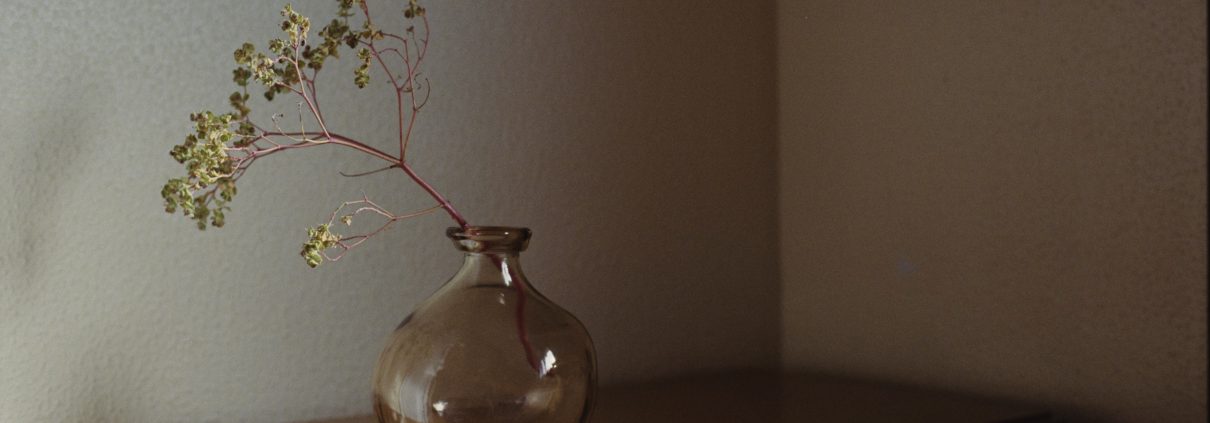Everything you need to know about ECN-2 film
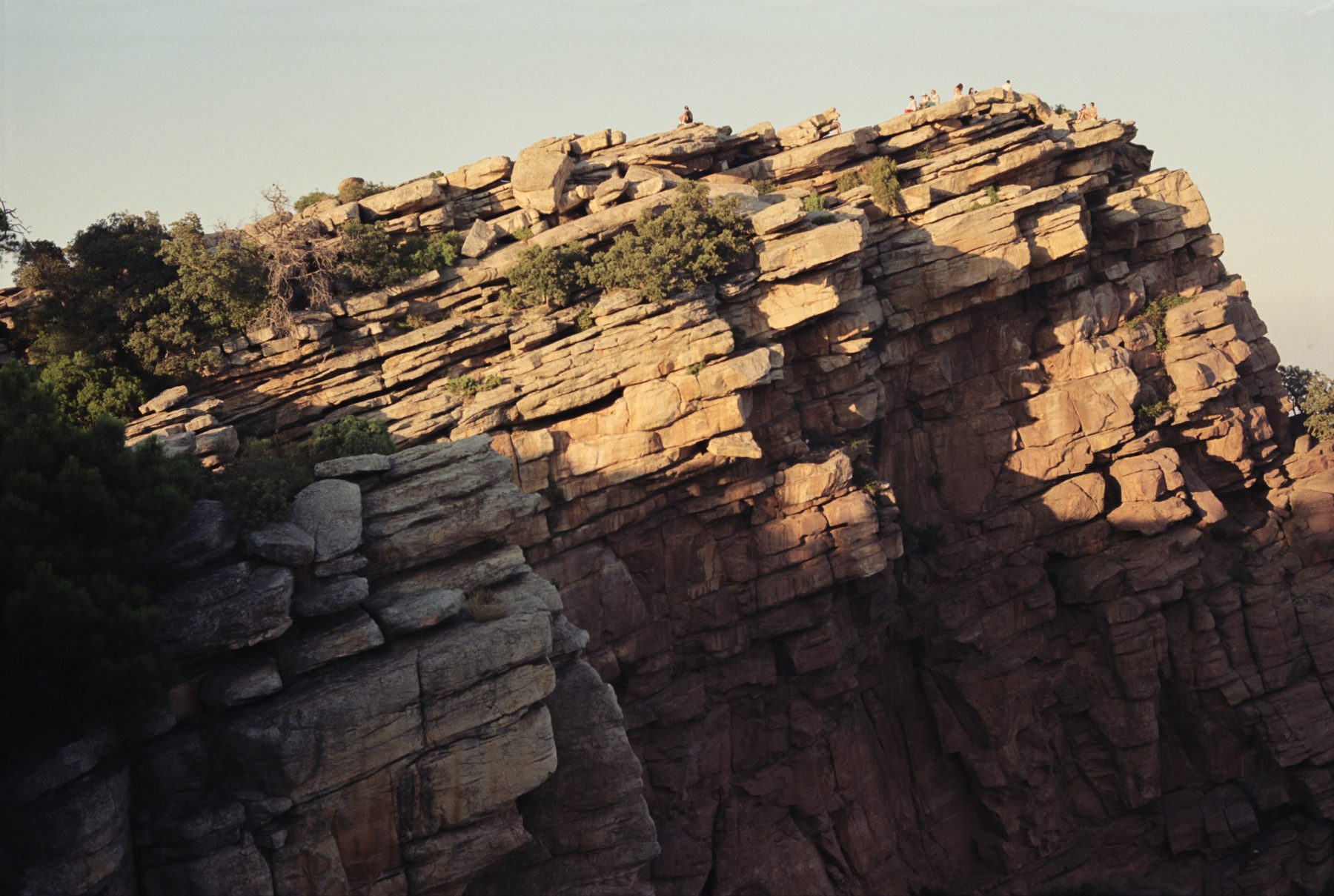
As 35mm color film became scarcer than toilet paper during the pandemic days, we have seen an increasing amount of eager film photographers looking at different options to keep shooting color on 35mm and not die trying. This eventually shifted the focus to “the other” type of film made by Kodak. The color film for motion pictures and cinema: Kodak ECN-2 film.
Don’t get us wrong, ECN-2 spooled film from the 400ft 35mm cans has been around forever, but it has always been somewhat homemade, poorly labeled, or coming from dubious sources.
For the first time in recent years, we have at our disposal a reliable supply of 35mm ECN-2 film cased and packaged correctly, with all guarantees that you are shooting fresh, properly spooled film thanks to SILBERSALZ35!
There are many myths and theories behind it, and with this article, we will try to tell you everything we know about ECN-2 film when it comes to film photography so you are well aware of what to do next time you are shopping for some fresh film before your next trip!
WHAT IS ECN-2?
ECN simply stands for Eastman Color Negative. It was a processing system that evolved into ECN-2 when research enabled faster and more environmentally friendly development processes (and thus faster photo lab turnaround time!). As a result, ECN-2 became the industry standard for all current motion picture color negative development till today.

The first myth we would like to debunk here is the chemistry used: “Isn’t ECN-2 just C41 chemistry but with a pre-wash?” You’ve probably heard this one if you’ve been shooting film long enough.
From the chemical point of view, the answer is clear: No.
But… We understand that from a practical standpoint, it can feel that way for many photographers because if you process ECN-2 film through C41 chemistry, you will obtain a usable negative (removing the rem-jet of course). In any case, it is not the same chemistry and does not perform the same on the emulsion.
Long story short, ECN-2 is the developing process aimed at solving many of the constraints of cinema and motion pictures. It shares many things with films we use for still photography, but it has characteristics that enable film to be shot at 24 frames per second (fps) and processed at the order of meters per minute (aka effing fast).
Also, due to the speed of the process, ECN-2 specifies a developing temperature of 41ºC instead of the standard 38º C41, which speeds up the developing process.
With that in mind, let’s begin!
THE (IN)FAMOUS REM-JET
If you’ve heard about ECN-2, you’ve heard about the ‘rem-jet’. That black layer of carbon is behind the base of the film. This layer is every photo lab nightmare since it has to be removed manually unless you have a football-field-sized machine to process motion picture film.
When it comes to the name, funnily enough, they did not want to waste much time in naming back in the day; the word “rem-jet” comes from “remove by water jet”. As simple as that.
And, as much as we hate it, we have to admit the rem-jet has some good reasons to exist. 🙂
Scratches, Static and Halos
Think about it for a while; when shooting cinema, the film moves at 24 fps (frames per second) around 45 cm/second, which is fast.
When moving quickly through the recording cinema cameras, many elements cause friction, which can build up static electricity that can be released from the metal into the emulsion.
Even if it sounds incredible, when electricity is released into the film, it draws the shape of thunder into the frame, which would eventually be seen on the screen every ‘x’ amount of frames. Also, from all that movement and friction, scratch marks might appear, and the ‘rem-jet’ protects the base layer against it being scratched.

This is a test done in a research lab since we couldn’t find an example of a lighting electrostatic shape in a real film.
Last but not least, the dark layer prevents the light from refracting and bouncing against the base layer and, in high contrast situations, produces a very characteristic “halo” effect on the highlights, which has become quite iconic from Cinestill film.
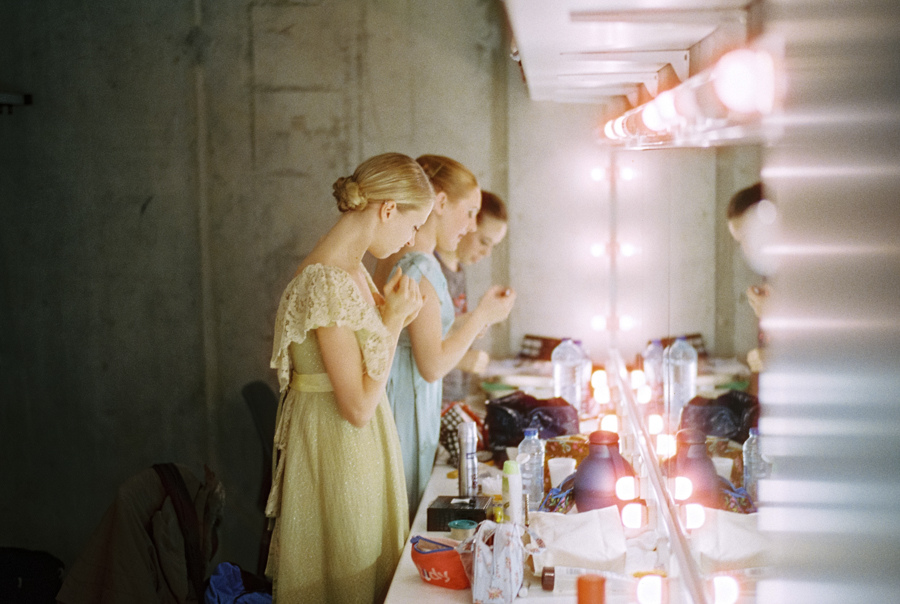
Photo by Jan Scholz on CineStill 800T
DAYLIGHT vs TUNGSTEN
Perhaps the most significant trait that we see in ECN-2 that is no longer available on C41 films is the fact that we can find Tungsten Balanced films (3200K) in ECN-2 which will allow you to shoot under artificial light and the ISO marked on the film and get a neutral white balance without major yellow color casts.
The reason for this comes from cinema, of course. This is incredibly convenient for motion pictures when they have to light scenes at night or indoors with a ton of artificial lights; they need the color balance to be right without sacrificing exposure time.
Back in the day, we made an article explaining how Cinestill 800T (which comes from Kodak Vision3 500T) reacts to artificial light, and the results were astounding.
Shooting a tungsten light-balanced film in daylight has the opposite effect; everything shifts to a “bluish color” (unless you compensate with filters, and so on).
Daylight 5500K ECN-2 films:
50D
250D
Tungsten 3200K ECN-2 films:
200T
500T
*If you are ever in doubt, just remember the ‘D’ stands for Daylight and’ T’ for Tungsten.
BUYING ECN-2 FILM
Keep in mind ECN-2 film is not meant to be stored for a long time. As we published in a previous article, not all films are created equal, as some might believe. Especially professional films (like Kodak Portra 400 or Fuji 400H) are designed to be shot quickly after they leave the factory. Therefore they do not have as much shelf life as consumer films (like Kodak Gold 200 or Fuji Superia 400). This is especially significant in the case of motion picture films.
According to the emulsions’ official datasheet:
“Storage: Store unexposed film at 13°C (55°F) or lower. For storage of unexposed film longer than 6 months, store at –18°C (0°F). Process film promptly.”
This means that film must be refrigerated at all times, and if storing it for more than 6 months, it needs to be kept at freezing conditions since day 1 to be in optimal conditions for shooting.
Cinematographers are well aware of this; photographers, unfortunately, not so much… And this leads to some independent sellers re-spooling and selling film coming from unknown places or conditions, and it translates, of course, into poor results when developing and scanning.
It’s a pity that developing ECN-2 is incredibly tedious, and if all the work is done for a poorly stored emulsion, it will lead to poor outcomes, which is often a massive disappointment for everyone.

So, what to do? Well, as you may have heard, a brand new ECN-2 packed option in the market has been introduced by SILBERSALZ35. Fresh ECN-2 film, spooled and packed correctly and with all the guarantees.
SILBERSALZ35 packed all 4 variables that there out there today: two Daylight films (50D & 250D) and two Tungsten films (200T & 500T). In addition, they use brand new, unadulterated Kodak VISION3 film stocks, which are manufactured in metal cartridges (including DX codes!) and are compatible with every 35mm camera on the market. And we are one of the few flagship stores where you can get them today!
FUN FACT: If you buy a can of 400ft of 35mm film from Kodak, you will see it does not have an expiration date because it’s meant to be shot as soon as possible!
EXPIRED FILM vs FRESH FILM
As we mentioned earlier, ECN-2 is not intended to have a long shelf life, so expiration plays a massive role in the outcome that you can have from it.
If you’ve ever sent expired film to the lab, you will know that we always recommend overexposing a bit; as a rule of thumb, we like to say: for every 3 years of expiration, add +1 stop of exposure, and you should be good to go.
Of course, there is a limit. Emulsions lose their sensitivity and at some point, it will be tough to get something out of it. For ECN-2, it flies the same way (even shorter!) plus an added complexity; our “beloved” rem-jet layer is also affected by the age of the film, becoming harder and harder to remove with every year passed.
As a result, many cine labs do not process expired ECN-2 films because they risk the quality of their chemistry.
Expired rem-jet can be so bad sometimes that after our first rem-jet removal bath, the black layer remains intact, and the person developing needs to fight against it rubbing to take it off. If you ever wonder what a film lab developer nightmare looks like… expired-as-hell ECN-2 is the closest we’ve known.
That’s why we strongly recommend you think twice about where the ECN-2 film you are shooting is coming from because it will play a massive role in how your images will eventually look like!
OUR IMPRESSIONS
Believe it or not, we occasionally get to leave the lab, enjoy the sunshine, and put some film to the test. This time we wanted to test the SILBERSALZ35 250D intensively, and we’re excited to share our initial thoughts on these new film options!
The reason why we picked the 250D is that it is perhaps the emulsion we are less familiar with these days.
We are pretty familiar with the look of the 500T and 50D thanks to Cinestill Film, and we believe the Daylight option on the 200 ISO range can be very versatile too. 🙂
With all that said, here we go!
COLOR GRADING
First, we must know what cinema film emulsions are designed for. VISION3 films are processed in ECN-2 chemistry to have the highest possible exposure latitude. Over 16 stops of dynamic range on paper (sorry we couldn’t fact-check ourselves), allowing them to capture detail both in highlights & shadows even in the most extreme lighting contrast conditions.
The first thing that drew our attention was the flatness of the images in the scanner. This is because cinema film differs significantly from photography film, which commonly aims to have a vibrant look right from the emulsion to produce beautiful prints without too much grading.
All cinema movies need to be color graded. Color grading is the process of creating the final color of a film after it has been shot, cut, and edited. This is why cinema film is created.
If you think about it, the scenes in a movie constantly change, including light conditions, scenarios, actors, setups, etc. It would be impossible for a film to perform exceptionally well in all of them nor for a scanner operator to adjust the color of every scene while scanning. Furthermore taking into count that a lot of the footage never makes the final cut. Therefore, the natural thing to do is to create a film that can capture as much information in every single light situation so we can eventually bring it to the color we desire.
This flat image needs to be adjusted in order to achieve the desired look that the DP (Director of Photography) and the Director conceive for the film.
Here are a few more before-and-after examples of our own “color grading” of the scans to match the look of this specific client.


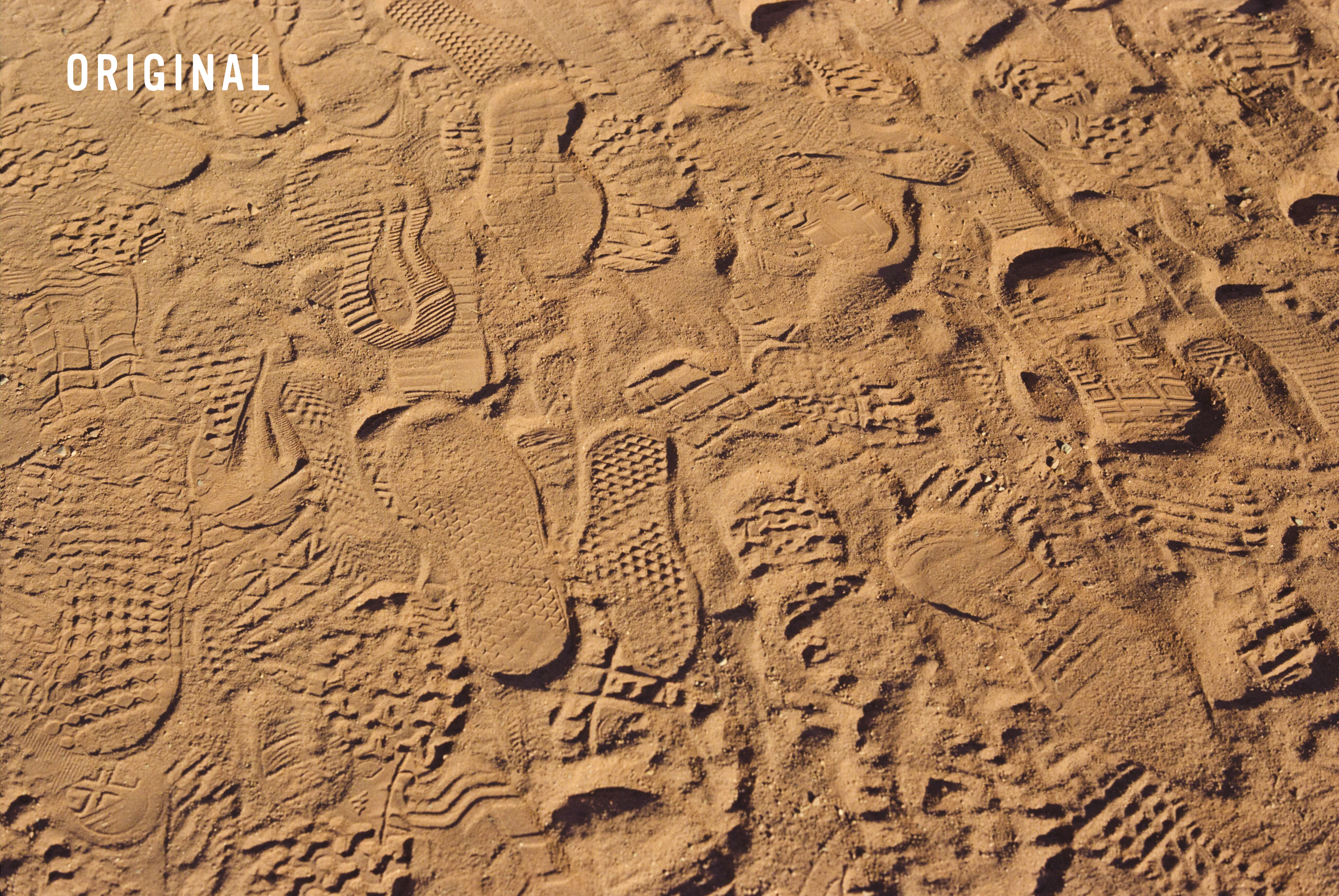
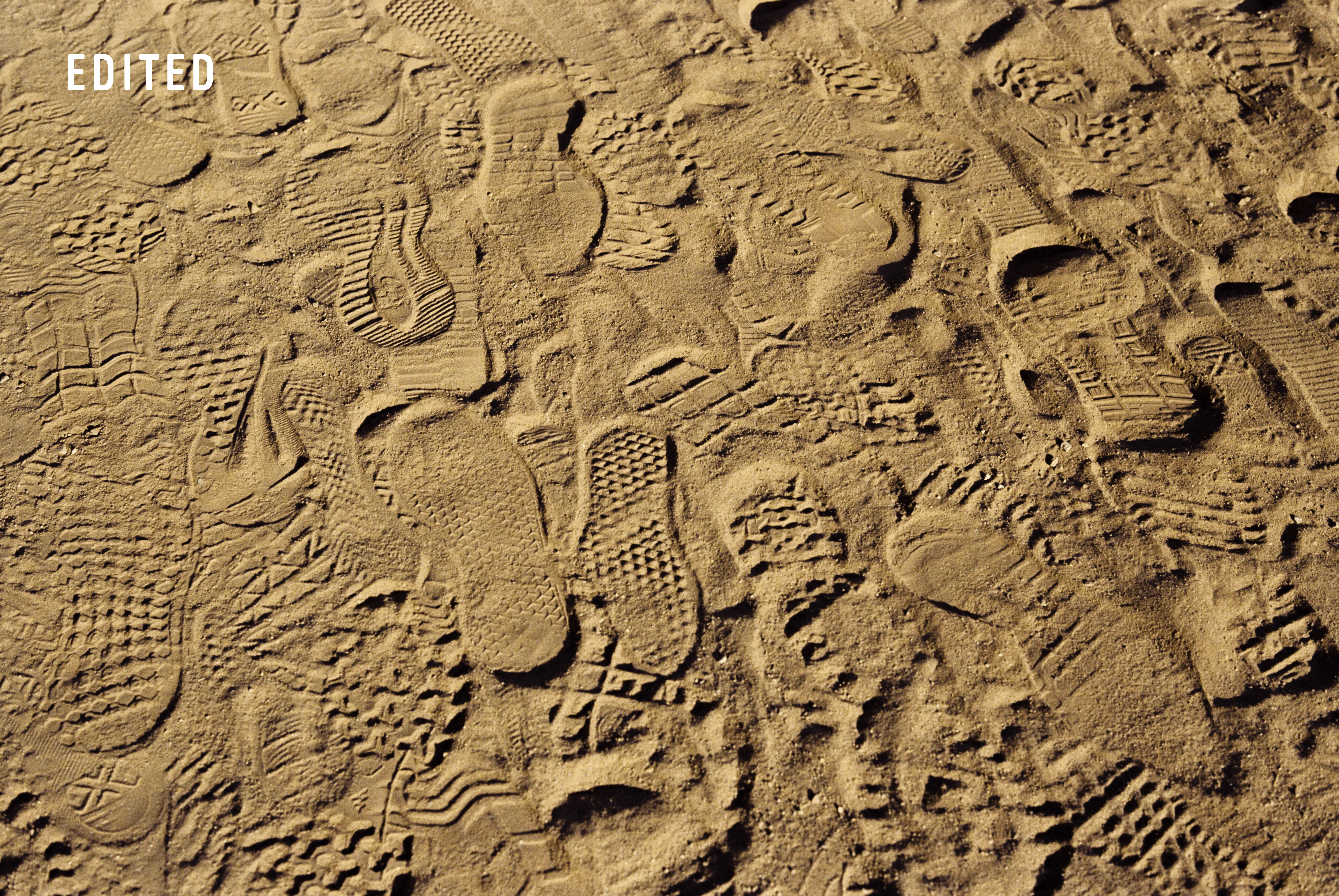


KODAK VISION 3 – 250D
The 250D is their faster daylight-balanced film. With a high dynamic range, we believe this one is their jack-of-all-trades option. We tested it in a variety of lighting conditions, and it looked pretty solid in all of them.
In this case, we dare to recommend that for still pictures, you also overexpose by +1 stop to get the most out of it.
Cinematographers were traditionally limited to their camera shutter speed which is usually fixed at 1/48th of a second due to the 180º shutter and the 24fps. If all these things sound like jibberish to you, we strongly recommend you to google it; it’s pretty fun to learn about it!
We noticed an accurate reproduction of true colors when shooting the 250D in daylight. Although we shot during the golden hour –how could we not?– the final product isn’t as warm as what you could achieve with other films such as Kodak Portra 400. This daylight-balanced film reminds us of CineStill in terms of a more neutral and even colder outcome, with shadows still naturally tending to a magenta tone.
Portrait-wise, this film is far from dethroning the king. However, it does the trick with a pleasing, natural-looking outcome.
It also worked surprisingly well indoors, delivering some contrasted and crisp images! We find the grain to be fairly good, though it does not stand out as the finest.
OUR CONCLUSIONS
The look and flexibility of the ECN-2 are what we like best about them. If there is one thing that stands out for us, it is its versatility, which allows you to take great photos in both bright sunlight and low light. Under most lighting conditions, we see consistent color, and it’s interesting to see the neural outcomes, which give us a wide range of options for editing the photos if needed! Also, these rolls should be more affordable than traditional emulsions 🙂
And most importantly, this means more film options on the market!
*All images above are color graded
Keep in mind that these rolls are designed to be processed in with original ECN-2 chemistry only. It can be hard to find someone who can do it, but you guessed it! You can develop with us for the same price as BW and E-6; check all our developing options and happy shooting!
Head of the lab since 2013 and currently managing the team, developing new projects and trying to bound the international film photography community. These are only my personal thoughts, you may or may not find them relevant, I believe there is nothing healthier than a good debate 🙂
– Albert Roig, Manager at the Lab




